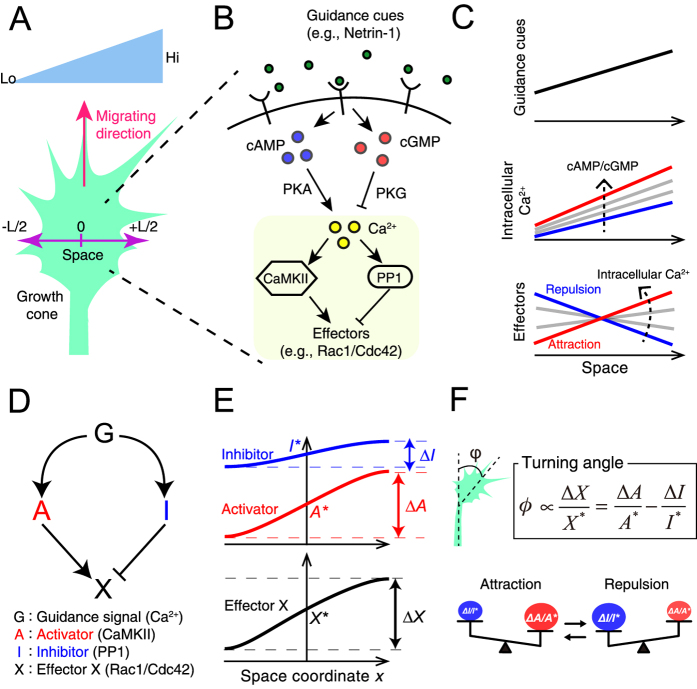Figure 1. The mathematical growth cone model encompasses an activator and inhibitor system.
(A) The schematic drawing depicting the one-dimensional model growth cone encountering an extracellular gradient of guidance cues. (B) In the growth cone, guidance cues, e.g., Netrin-1, lead to the production of cAMP and cGMP, which activate PKA and PKG, respectively, in turn inducing a Ca2+ increase. The intracellular Ca2+ up-regulates CaMKII and PP1, which function as an activator and inhibitor, respectively, of their effector to regulate growth cone motility (referred to as ‘X’ in the text and (D)), e.g., Rac1 and Cdc42. (C) Extracellular gradients of cues are transduced to intracellular gradients of Ca2+ (middle panel) in the same direction as the extracellular gradients, and the increase in the intracellular Ca2+ level that depends on the ratio of cAMP to cGMP regulates the turning direction of the growth cone, i.e., attraction or repulsion. The biased direction of the effector distribution is thought to be reversed between attraction and repulsion (lower panel). High and low levels of intracellular Ca2+ induce attraction and repulsion, respectively, as indicated by the dotted arrows. (D) An activator-inhibitor system of intracellular signaling in chemotaxis: Guidance signal (G) regulates activator (A) and inhibitor (I) in turn up- and down-regulating the effector X. G, A, I and X correspond to Ca2+, CaMKII, PP1 and Rac1/Cdc42, respectively, in the growth cone. (E) Following exposure to a gradient of the guidance cue G, the gradients of A and I are formed across the growth cone, thereby the gradient of X is also formed. A*, I* and X* represent the levels of A, I and X, respectively, at the center of the growth cone. ΔA, ΔI and ΔX represent the spatial differences of A, I and X, respectively, across the growth cone. (F) The turning angle of the growth cone is formulated as ΔX/X* based on the Weber-Fechner law. The balance between ΔA/A*and ΔI/I* governs the turning direction, which is illustrated by scales: attraction when ΔA/A*> ΔI / I* and repulsion when ΔA/A* < ΔI/I*.

